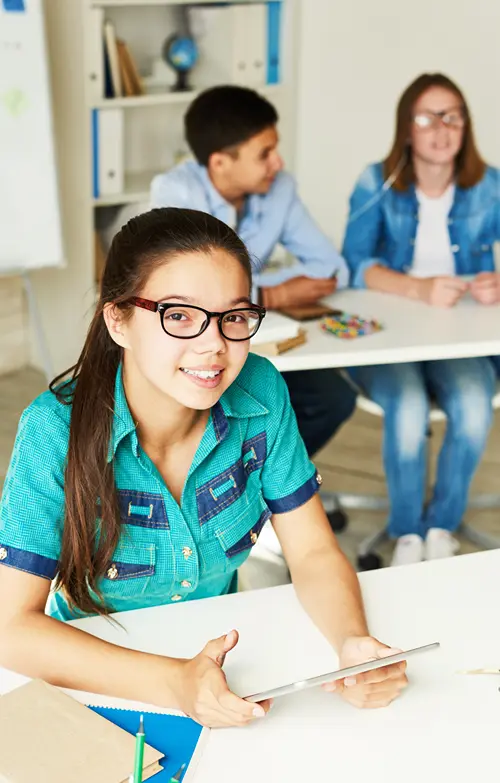Why Quality Sportswear Matters and How to Afford It
It’s always important for children to have access to high-quality items that offer support, comfort, and performance. And this is why selecting the right sportswear is crucial for children when it comes to these aspects as well as safety during physical activity.
Proper clothing should support movement, prevent injury, and encourage participation in sports, especially when there are children or, indeed, young athletes engaging regularly in sporting events and activities.
Of course, it’s not always easy as parents often face the challenge of choosing between quality and affordability when it comes to children’s sporting clothes.
Key Features to Look for in Children’s Sportswear
There are many factors to consider when choosing which sportswear items to purchase for children.
One of the first considerations needs to be the choice of breathable, moisture-wicking fabrics. These keep children dry during any activity and reduce the chances of rubbing, rashes, and soreness. Fabrics that are stretchy offer mobility. This allows the child to move freely without being restrictive and constraining.
Durability is a must when it comes to children’s clothes, as they are often worn outdoors a lot and undergo more frequent washing. Purchasing durable clothing means that clothes last longer, and parents don’t need to keep buying new items.
Fit and comfort must be done carefully, especially when items are to be used for specific sports. Uncomfortable fits can impact the ability or even desire to play a specific sport.
Finally, safety is essential. While not always considered, reflective elements should be incorporated into items designed for better visibility in low-light settings.
Choosing Based on Sport Type and Environment
As touched upon, there are different sports and environments in which children play. Sportswear needs vary depending on the sport in question, which means that it’s important to consider this carefully. Track and field requires a very different sports outfit when compared to gymnastics. Here, the major difference is seen in the stretch that’s required.
Outdoor and indoor sports also have different requirements. More layering for warmth will be needed for outdoor sports during the winter months, while padding or elbow guards might be required for indoor courts and harder flooring.
Finally, team sports may need additional items such as a specific uniform in order to fit in, while still needing quality sporting underlayers to enhance performance or reduce sweat. Consider the real usage of any sportswear item before making the purchase.
Balancing Quality and Budget — Smart Shopping Tips
As sportswear can be expensive, and coupled with kids’ clothing, more expensive still, finding ways to save is a must. There are some ideas shoppers should take on board with this in mind. For one, it’s a good idea to shop during seasonal sales or look at the end-of-line clearances to find high-quality items at lower prices. Yes, there may be fewer choices, but the price difference can be huge.
Another thing to consider is the size of the clothes. Children grow quickly, so preempting this by purchasing larger sizes for growing kids is a way to extend the lifespan of the gear and save money by avoiding repeated buying.
It’s also a good idea to explore online retailers offering discounted sportswear from trusted brands. JD Sports often have different promo codes which allow access to durable, comfortable apparel without overspending. Parents should take advantage of such savings opportunities for JD Sports, especially when they come from reliable sources and are verified as safe and working. Making cost-conscious decisions like this are a great way to save money, and be able to buy higher-quality items to help your child during their sporting endeavors. Better still, it aligns value with quality.
Involving Kids in the Decision Process
While parents do have the final say when it comes to the cost and the items purchased, it’s still important to involve the children who will wear the items too. This is because comfort and confidence are key motivators when it comes to regular participation. Kids are more likely to use and care for the gear if they have helped to choose it. And, it can be a good idea to allow different color preferences or a limited choice when it comes to style, which can make a difference in how the child feels when wearing the items. Of course, these choices should not compromise functionality, nor allow for higher spending.
High-quality sportswear is a way to invest in a child’s health and enjoyment. Coupling this with cost-friendly options, parents can avoid overspending, while still providing reliable, durable options for their children to wear. Price and quality can co-exist when thoughtful choices are made.









